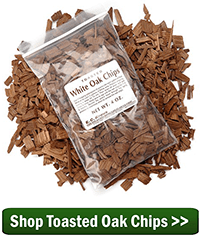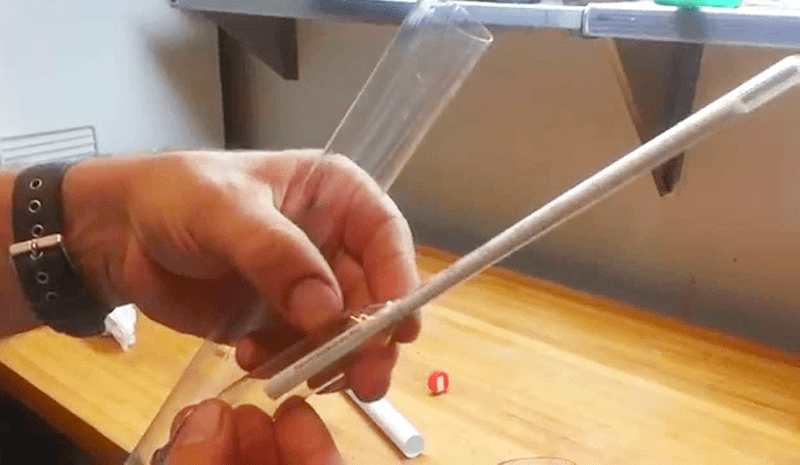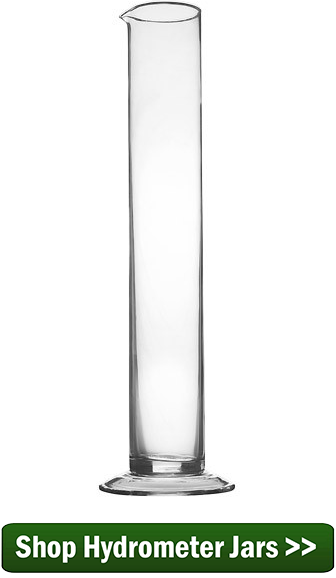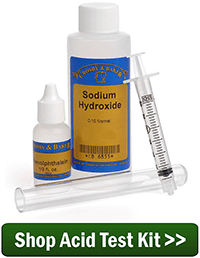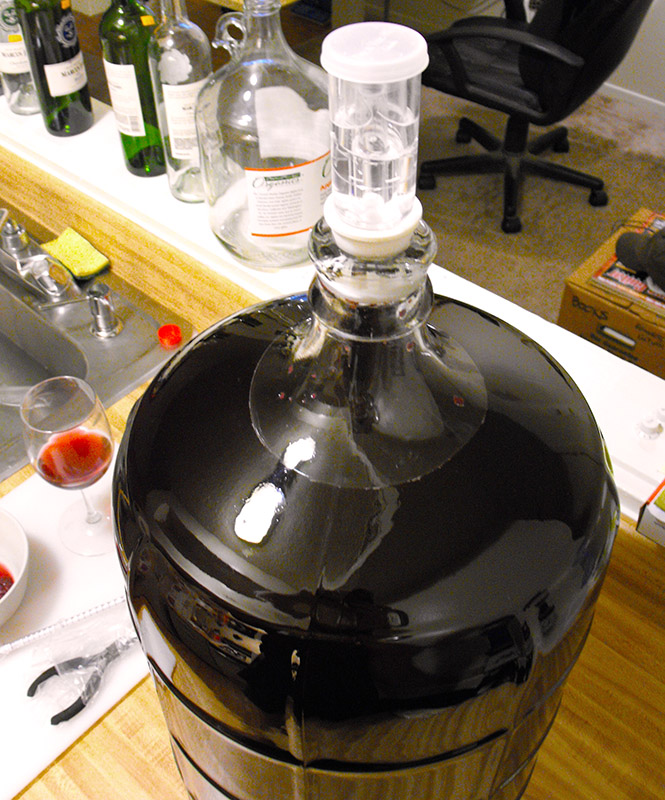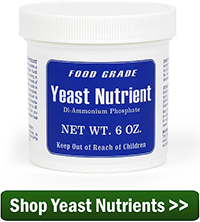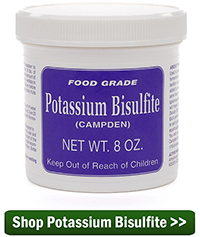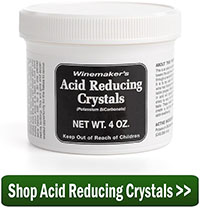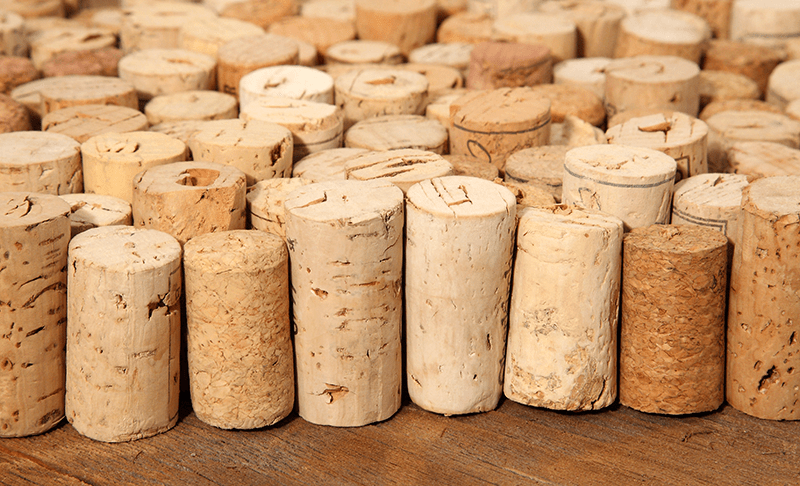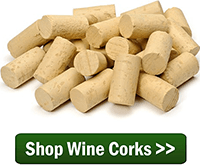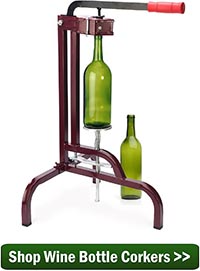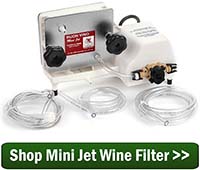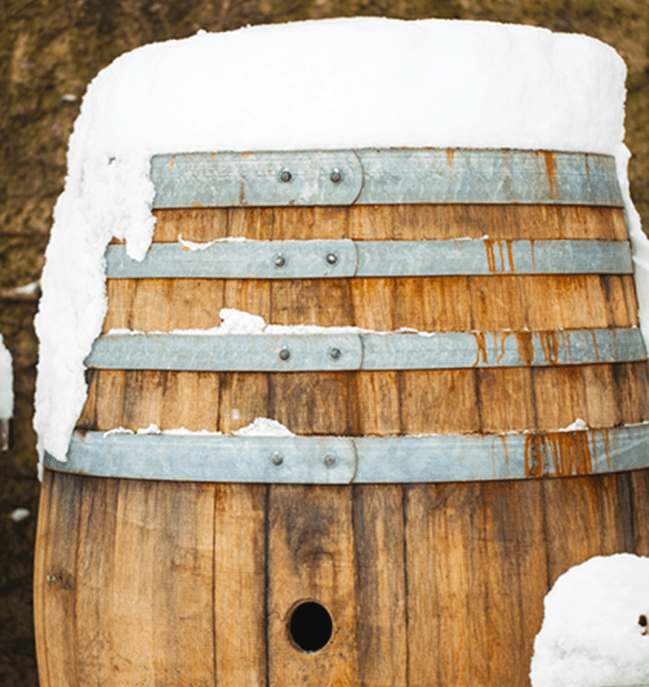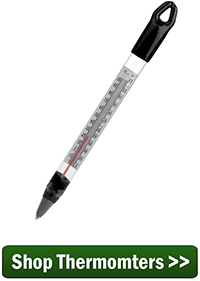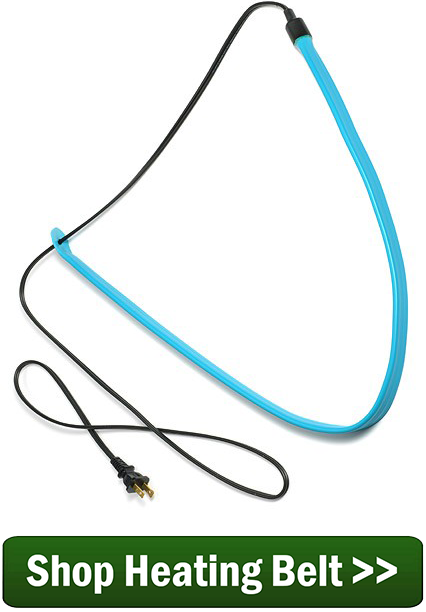 Hello,
Hello,
At times my wine will appear to have stopped fermentation, and then after bottling it will start up again causing a big mess. Is there something I can add to the wine that will ensure that fermentation has stopped?
Albert W.
—–
Dear Albert,
It sounds like you are experiencing a stuck fermentation. There are several wine making books that cover this topic in fair detail. One that I might suggest is First Steps In Winemaking.
A stuck fermentation is when the yeast stop consuming the sugars before the sugars are all gone. There are several reasons why this could be happening: lack of nutrient, lack of oxygen, too cool of temperature… For more information about these reasons you can read the following article, Top 10 Reasons For Fermentation Failure.
A stuck fermentation can start up again if the conditions change. In your case, just the simple exposure to air that inadvertently happens during the bottling process could be enough to start the wine fermenting again.
Unfortunately, there are no wine making products that guarantee a complete stop of a fermentation or a re-fermentation. What has to happen, is the fermentation needs to fully complete before bottling. The big question is, “How do you know when the wine’s done fermenting”?
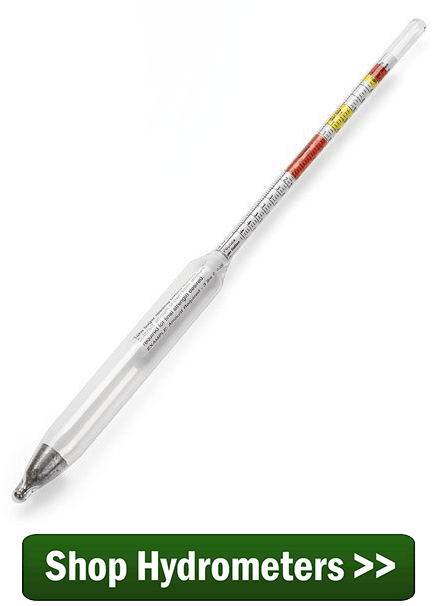 One simple way is to take a reading with a wine hydrometer. The hydrometer is a simple glass instrument that can instantly tell you how much sugar, if any, is in your wine or must. Using the hydrometer is simple. You take a reading by observing how high or low the hydrometer floats in the wine. By taking a reading before bottling and confirming no sugars are present, you can bottle your wine knowing that it will not ferment later on in the wine bottles.
One simple way is to take a reading with a wine hydrometer. The hydrometer is a simple glass instrument that can instantly tell you how much sugar, if any, is in your wine or must. Using the hydrometer is simple. You take a reading by observing how high or low the hydrometer floats in the wine. By taking a reading before bottling and confirming no sugars are present, you can bottle your wine knowing that it will not ferment later on in the wine bottles.
As a side note, once you have verified that the fermentation has completed and the wine has had plenty of time for the yeast to settle out, you can add sugar for sweetening, but you must also add potassium sorbate at the same time. Potassium sorbate can keep a fermentation in check, but only if all of the yeast as been settled and removed from the wine first, and the wine looks visibly clear.
Happy Wine Making

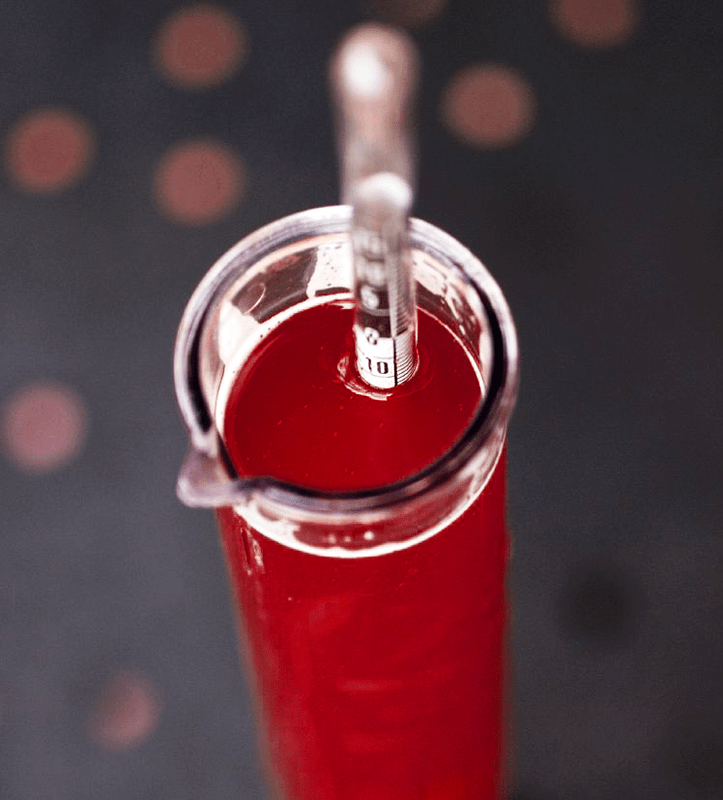
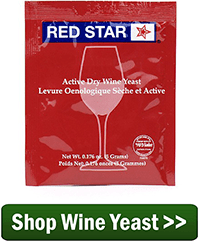
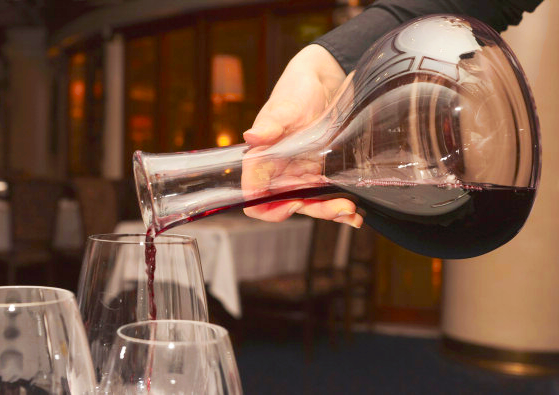 I really enjoy the wine making information in your newsletters. I bottled my first wine, a California Merlot, last May. It aged in 6.5 L carboys and had 8 months of French oak chips. I racked it twice. It is still a bit young, but interestingly, if I decant the wine and drink it 24 hours later, it is a much better wine. Can you speculate as to why does my wine taste better the next day?
I really enjoy the wine making information in your newsletters. I bottled my first wine, a California Merlot, last May. It aged in 6.5 L carboys and had 8 months of French oak chips. I racked it twice. It is still a bit young, but interestingly, if I decant the wine and drink it 24 hours later, it is a much better wine. Can you speculate as to why does my wine taste better the next day?
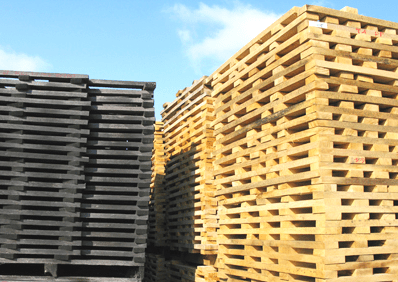 A friend asked me what is the difference between wine oak chips and untreated oak fire logs. Can you explain
A friend asked me what is the difference between wine oak chips and untreated oak fire logs. Can you explain